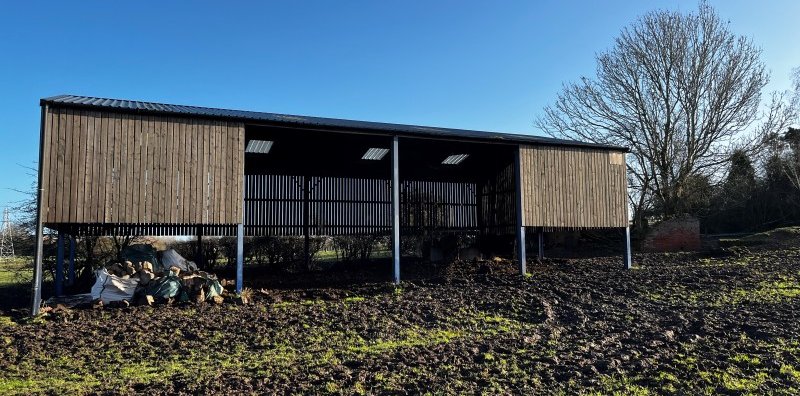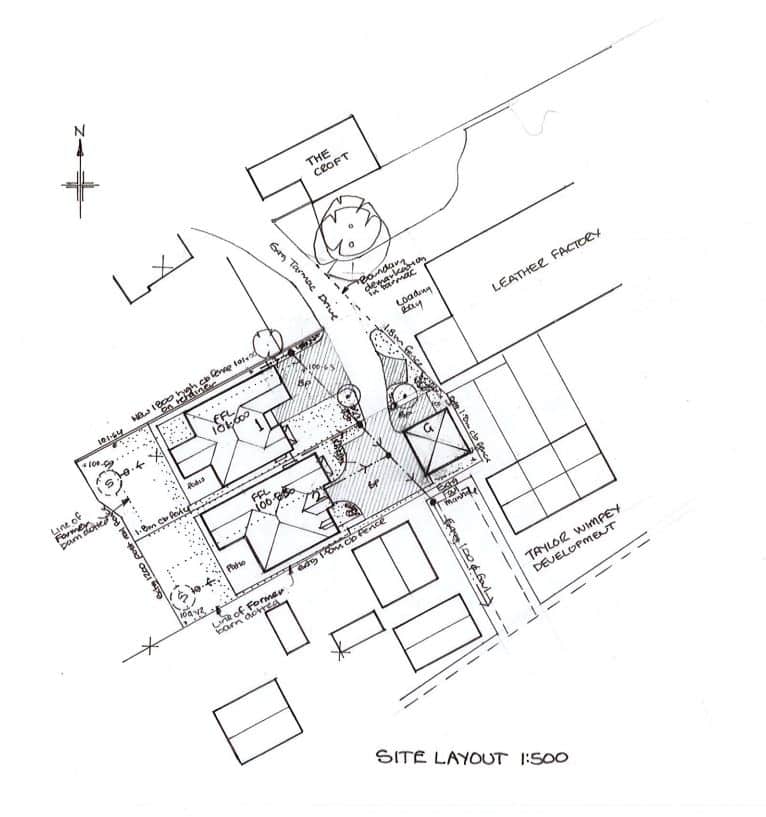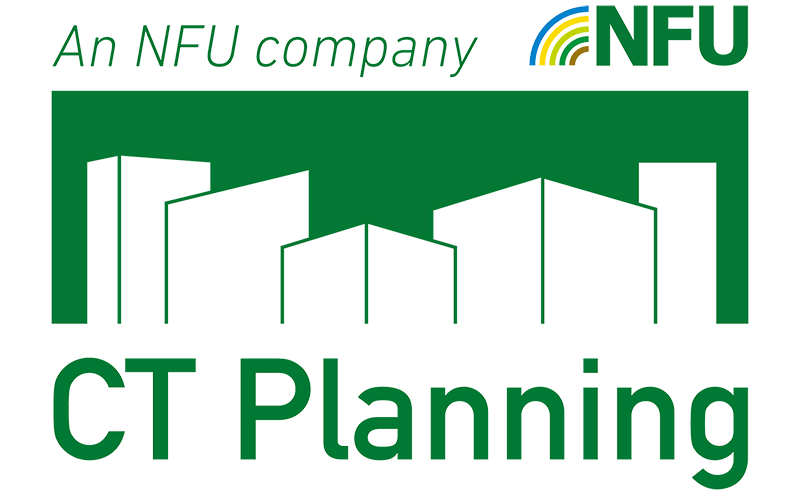
Calf Housing for Health and Welfare Grant
The Rural Payments Agency (RPA) has introduced grants of between £15,000 and £500,000 to the agricultural community that will help to improve the health and welfare of animals and drive forward the government’s commitment to increase farm productivity.
The Calf Housing for Health and Welfare Grant, which forms part of Defra’s Animal Health and Welfare Infrastructure Pathway is now open for applications until 30 November 2023.
Initially, the grant will be available for existing cattle farmers in England to co-fund new and upgraded calf housing that improves social contact and the ambient environment.
The grant can be used for:
- A-frame building to house dairy calves from birth to weaning, or a mono-pitch building on a beef unit to house calves between 3-6 months.
- Permanent open-sided structures with igloo/hutches and other types of calf housing.
- Adapt calf housing to meet the demands of extreme weather conditions and changing climate.
- Rooftop solar panels, a great source of thermal insulation and low-cost energy for your calf housing.
The minimum grant you can apply for is £15,000. The maximum grant is £500,000 per applicant business.
The minimum grant amount does not include costs associated with rooftop solar photovoltaic (PV) panels. Grants can cover up to maximum rate of 40% of the eligible costs of a project. If you’re including rooftop solar PV panels as part of your project, the RPA will only fund the purchase and installation of these up to 25% of the eligible costs.
How to apply
You can check if you’re eligible to apply by using the RPA online checker. This is open until 11.59pm on 30 November.
Planning Permission
If you are eligible, you may need to consider if you require planning permission to adapt/ build a new cattle shed or planning permission to install solar panels.
Is planning permission required to erect, extend, or alter a cattle shed?
On an agricultural unit of 5 hectares or more, you may not always need full planning permission for the erection, extension, or alteration of a building as it may comprise permitted development.
As detailed in Part 6 of the Town and Country Planning (General Permitted Development) Order 2015 Agricultural development on holdings of 5 hectares or more the erection, extension or alteration of a building can be undertaken as permitted development provided that: –
- The development is on agricultural land (as defined) and the building is reasonably necessary for the purposes of agriculture.
- Work is not carried out on a separate parcel of land less than 1 hectare.
- Development does not exceed 1,000 square metres (this includes the area of any other building erected within the preceding two years and which is located within 90 metres of the proposed development).
- The building is not higher than 12m (or 3m if located within 3km of an aerodrome).
- Development is more than 25m from a classified road.
- The building, if it is to be used for the accommodation of livestock or storage of slurry or sewage sludge is not sited within 400m of the curtilage of a ‘protected building’ – this is normally any building any permanent building which is normally occupied by people; but does not include a building within the agricultural unit; or a dwelling or other building on another agricultural unit.
To benefit from agricultural permitted development, the development must not commence until an application for Prior Notification has been made to the Local Planning Authority and they have let the applicant know of its decision whether a full application is required or have informed the applicant of its decision to allow or refuse approval.
If development under Class Q (change of use of agricultural building to dwelling house) or Class S (change of use of agricultural building to state funded school or registered nursery) has been undertaken on the farm within the previous ten years; full planning permission will be required.
There are separate Permitted Development right ‘rules’ for holdings of less than 5 hectares.
At the very least prior approval from the local planning authority will be required for the erection, extension or alteration of a building. The local planning authority has 28 days in which to let the applicant know of its decision whether a full application is required or to inform the applicant of its decision to allow or refuse approval.
Where the development proposal is beyond the scope of permitted development, a full planning application will need to be submitted. The details for submission with the application will depend on the scale and siting of the development, but additional information could include some of the following: topographical survey, landscape assessment & landscaping scheme, drainage scheme, ecology survey etc.
Do I need Planning Permission to install solar panels on a cattle shed?
The installation of solar panels and equipment on buildings and land may be ‘permitted development’ with no need to apply to the Local Planning Authority for planning permission. There are, however, important limits and conditions, which must be met to benefit from these permitted development rights.
Planning permission may not be required to install solar panels on any commercial building provided:
- Solar panels installed on a wall or a pitched roof should project no more than 200mm from the wall surface or roof slope
- Where panels are installed on a flat roof the highest part of the equipment should not be more than one metre above the highest part of the roof (excluding the chimney).
- Equipment mounted on a roof must not be within one metre of the external edge of that roof
- Equipment mounted on a wall must not be within one metre of a junction of that wall with another wall or with the roof of the building
- If the equipment is on the roof of the building the capacity for generation of electricity across the whole of the site cannot exceed 1 megawatt
- Solar panels must not be installed on a listed building or on a building that is within the grounds of a listed building, or on a site designated as a scheduled monument
- Solar panels must not be installed on a wall or a roof slope which fronts a highway if the building is located in:
- conservation areas
- Areas of Outstanding Natural Beauty
- National Parks
- the Broads
- World Heritage Sites
If you want confirmation that planning permission is not required to install solar panels, you can apply for a Lawful Development Certificate from your Local Planning Authority. Such a Lawful Development Certificate provides evidence that planning permission is not required for the solar panels. This can be helpful when seeking grants or in the event that the property is sold at some future date (As part of the due diligence process purchasers’ solicitors will often ask for confirmation that planning permission was not required at the time of installation).
NFU Energy
If you’re considering solar PV, then NFU Energy’s Renewable Energy Solutions gives one-stop-shop access to leading installers, finance and insurance. With support at every stage of your renewables journey. They can introduce you to one of their accredited installers, who will conduct a detailed assessment and prepare a full proposal. NFU Energy can also help secure finance and insurance, providing easy access to their handpicked lender panel and their insurance partner, NFU Mutual. Provide ongoing support, NFU Energy experts will be on hand throughout the process to answer your questions and ensure everything happens smoothly.
If you wish to make a planning application to secure your grant the NFU’s Planning Consultants CT Planning can assist you.
Further guidance and help on applying for a grant to fund calf housing buildings can be found on the Governments website https://www.gov.uk/government/publications/calf-housing-for-health-and-welfare-2023.
recent planning permission projects




